Buy this flower art Still life with daisies in a vase by anne droogsma on canvas, ArtFrame, poster and wallpaper, printed on demand in high quality.
About "Still life with daisies in a vase"
by anne droogsma
About the artwork
History
The still life is of all times. The Romans were already painting still lifes on walls, which are still preserved in Pompeii, for example.
Constantine Huygens was the first to use the word "inanimatis" around 1630 when describing the work of Jacques de Gheyn and Johannes Torrentius. According to him, there was no one "who painted things of glass, tin, earthenware and iron"' better than Torrentius. It was not until about 1650 that the word "still life" first appeared when describing an estate inventory.[3]
Emblematic still life, Rijksmuseum, Johannes Torrentius, 1614
The still lifes in Flemish-Dutch painting of the 17th century are particularly famous for their fabric expression, the rendering of the surface of an object. In one still life, the painter shows his skill in simultaneously rendering, for example, the character of a satin cloth, a dry bread, a matted egg, dewy grapes, a hard shiny glass and a pearl shell. Often painters used their beloved objects over and over again.
In terms of still life, the flower arrangement (blossom pot and the like) is especially popular. This is followed by the fruit arrangement, the banquet and kitchen arrangement and to a lesser extent the breakfast. Names such as table, meal and fair sometimes occur.
Market and kitchen scenes were painted by Pieter Aertsen, Joachim Beuckelaer and Frans Snyders. Hunting and game still lifes by Jan Fijt, Jan Weenix and Dirk Valkenburg.
Whether flowers, fruit, game, fish, birds or precious silver, glass, porcelain or plain pottery were depicted, the exuberant display of abundance always remained an essential aspect of Dutch still life.[4]
Samuel van Hoogstraten wrote extensively about the still life. Gerard de Lairesse blamed the still life painters for lack of depth and their work perceived intellectual poverty, but acknowledged the popularity of the genre.

About anne droogsma
My name is Anne.
I regularly go out with my camera. I do so with great pleasure and always find gifts appearing on my screen.
This I want to share!..
Read more…
 Germany
Germany Ordered in September 2019
Ordered in September 2019
 Netherlands
Netherlands Ordered in November 2022
Ordered in November 2022
 Netherlands
Netherlands Ordered in December 2023
Ordered in December 2023
 Germany
Germany Ordered in October 2021
Ordered in October 2021
 Germany
Germany Ordered in May 2019
Ordered in May 2019
 Netherlands
Netherlands Ordered in November 2023
Ordered in November 2023
 Germany
Germany Ordered in January 2020
Ordered in January 2020
 Netherlands
Netherlands Ordered in November 2015
Ordered in November 2015
 Germany
Germany Ordered in March 2025
Ordered in March 2025
 Netherlands
Netherlands Ordered in June 2020
Ordered in June 2020
 Germany
Germany Ordered in May 2021
Ordered in May 2021
 Netherlands
Netherlands Ordered in December 2021
Ordered in December 2021
About the material
ArtFrame™
Interchangeable Art Prints
- High-quality print
- Easily interchangeable
- Acoustic function
- Large sizes available
Discover the artworks of anne droogsma
 zoutelande 1anne droogsma
zoutelande 1anne droogsma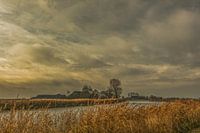 frieslandanne droogsma
frieslandanne droogsma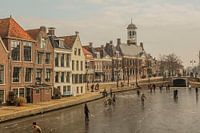 skating on the dockumer Ee in Dokkumanne droogsma
skating on the dockumer Ee in Dokkumanne droogsma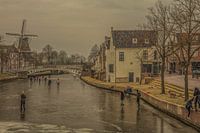 winter in Dokkumanne droogsma
winter in Dokkumanne droogsma rainbow at oostkapelle zeelandanne droogsma
rainbow at oostkapelle zeelandanne droogsma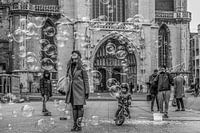 bubbles in gentanne droogsma
bubbles in gentanne droogsma zoutelande in black and whiteanne droogsma
zoutelande in black and whiteanne droogsma Waves and beautiful skiesanne droogsma
Waves and beautiful skiesanne droogsma beach east chapelanne droogsma
beach east chapelanne droogsma groynes at domburg in black and whiteanne droogsma
groynes at domburg in black and whiteanne droogsma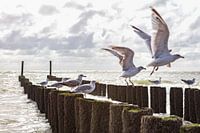 seagulls at salt countryanne droogsma
seagulls at salt countryanne droogsma bibleanne droogsma
bibleanne droogsma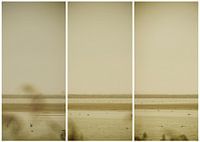 lauwersmeer triptych 24anne droogsma
lauwersmeer triptych 24anne droogsma Zeeland Domburganne droogsma
Zeeland Domburganne droogsma Zeeland Beach near Domburganne droogsma
Zeeland Beach near Domburganne droogsma North Sea beach zeelandanne droogsma
North Sea beach zeelandanne droogsma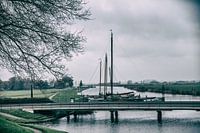 sloten friesland havenanne droogsma
sloten friesland havenanne droogsma river linde friesland from Tronde to Kuinreanne droogsma
river linde friesland from Tronde to Kuinreanne droogsma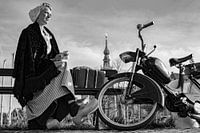 sea girl 3anne droogsma
sea girl 3anne droogsma saltelande beach in the evening sunanne droogsma
saltelande beach in the evening sunanne droogsma
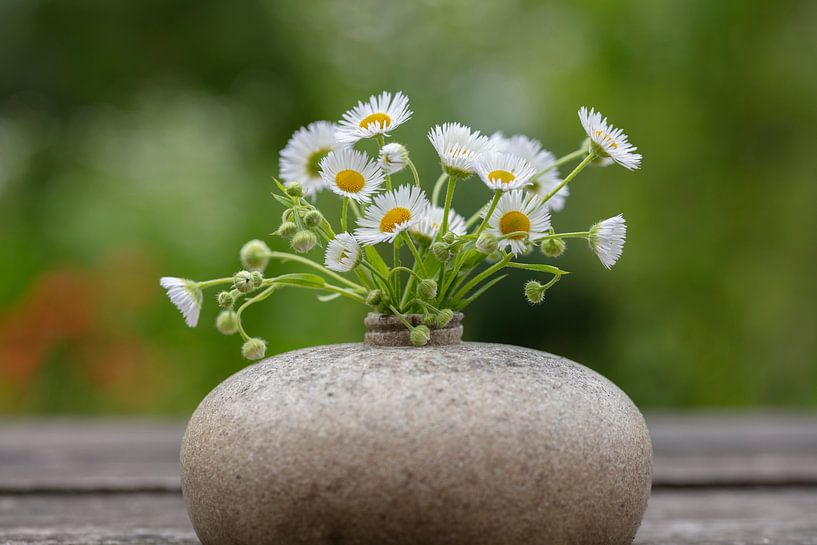












 Daisy
Daisy Flowers
Flowers Gentle Whispers
Gentle Whispers Nature and weather
Nature and weather Nature photography
Nature photography Nature reserves
Nature reserves Photo wallpaper
Photo wallpaper Photography
Photography Pistil
Pistil Serene Peace
Serene Peace









